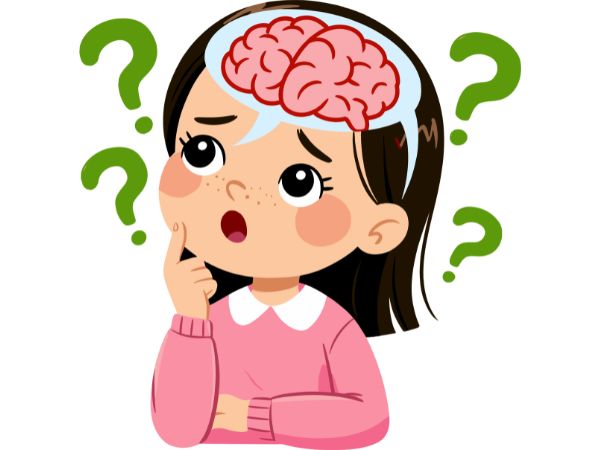Think of every lesson as a spark — one that lights up a network of connections deep inside your students’ brains.
At the center of that glow is the Inferior Parietal Lobule (IPL) — the brain’s Hidden Bridge.
Quiet but powerful, it links sounds to sights, words to meaning, and experience to imagination.
Here, facts evolve into understanding, understanding blossoms into creativity, and learning becomes part of who they are.
🌉 Why This Hidden Bridge Matters
The IPL is like a neural crossroads, bringing together information from the senses, memory, and emotion.
It’s what helps students make sense of the world — not just remember it.

When the IPL is active and connected, learners can:
Comprehend deeply: They link what they read to what they know and feel.
Think logically: They see patterns and relationships across ideas.
Stay focused: They filter distractions and attend to what’s meaningful.
Empathize and imagine: They understand others’ perspectives and visualize possibilities.
Create and innovate: They connect concepts across subjects to form something new.
When you strengthen this bridge, you’re not just helping students learn — you’re helping them think better, feel deeper, and dream bigger.
✨ How Teachers Can Strengthen the Brain’s Hidden Bridge
1. Teach Through the Senses
The brain loves variety. Engage students’ eyes, ears, hands, and voices so learning comes alive.
💡 Example: When teaching new vocabulary, let students draw it, act it, and use it in a sentence aloud. In science, have them build or model what they’re learning, not just describe it.
2. Connect the Subjects
The IPL thrives on connections. When you link ideas across disciplines, you help students see learning as a whole.
💡 Example: During a lesson on energy, connect science (sources of energy) with geography (where energy is produced) and English (writing a persuasive essay on renewable power).
3. Make Thinking Visual
The IPL is your students’ internal movie director — it thrives on imagery and space.
💡 Example: In history, have students map a journey. In math, let them sketch a word problem. In literature, ask them to close their eyes and picture a scene before describing it.
4. Let Students Teach
When students explain an idea, they reorganize their thoughts — and that’s when learning truly sticks.
💡 Example: Try “Teach It Forward”: each student explains a concept to a partner, then teaches it again to another pair. Their brains light up as they connect knowledge into a coherent story.
5. Move to Learn
Movement anchors meaning. Gestures and actions awaken the parts of the brain that make sense of space and relationships.
💡 Example: Use body motion to show cause and effect, balance, or symmetry. In grammar, use hand signals for sentence parts. In math, have students act out fractions or equations.
💬 The Takeaway
Every question you ask, every story you tell, and every connection you help a student make strengthens this incredible bridge of learning.
When your classroom hums with movement, dialogue, and curiosity, you’re not just teaching for today’s test — you’re literally sculpting the brain for a lifetime of thinking.
You are the architect of understanding, the designer of connections, the builder of bridges.
Keep connecting.
Keep inspiring.
Keep building better brains — one lesson, one learner, one spark at a time.
Want to transform your school too? Bring the power of new-age teaching & learning.
Contact us to revolutionize your school’s teaching approach today!
In service since: 2010.
